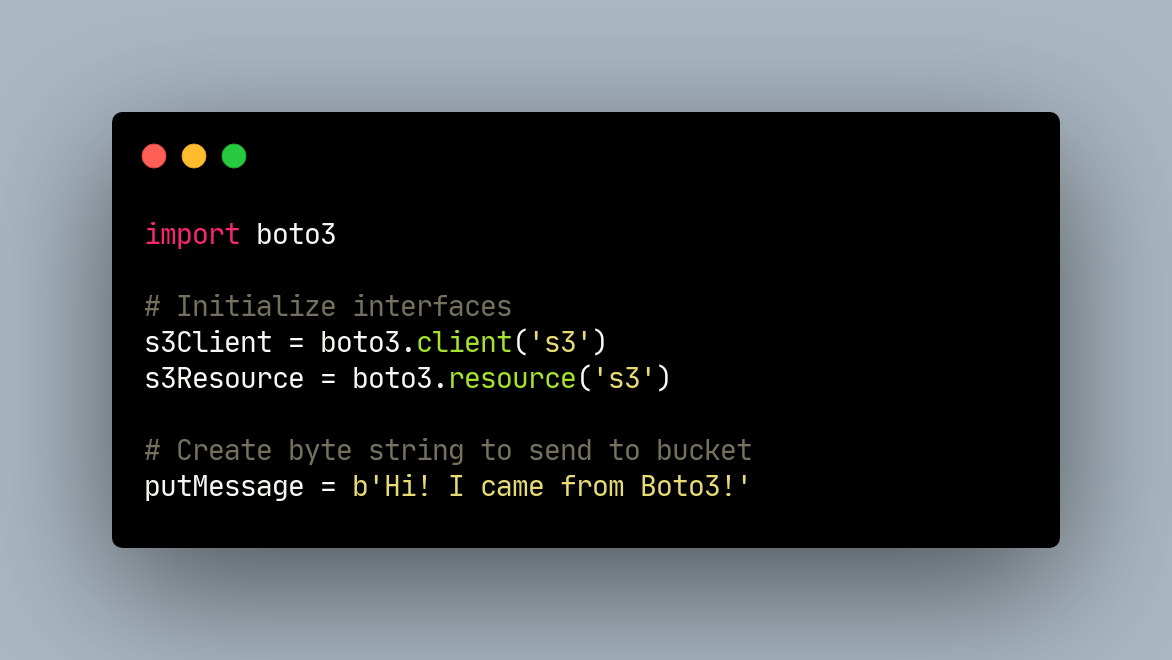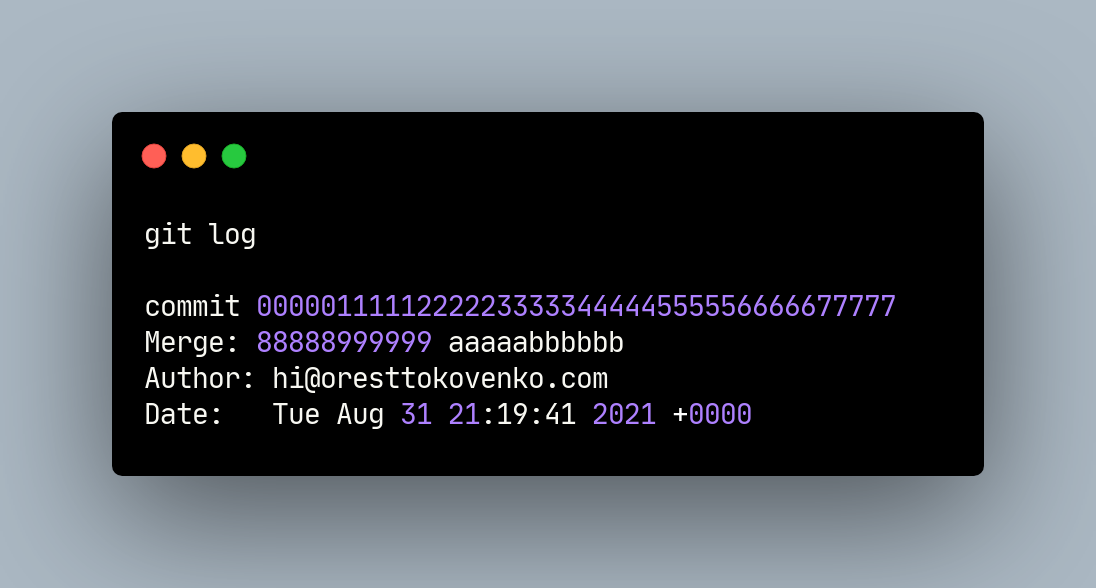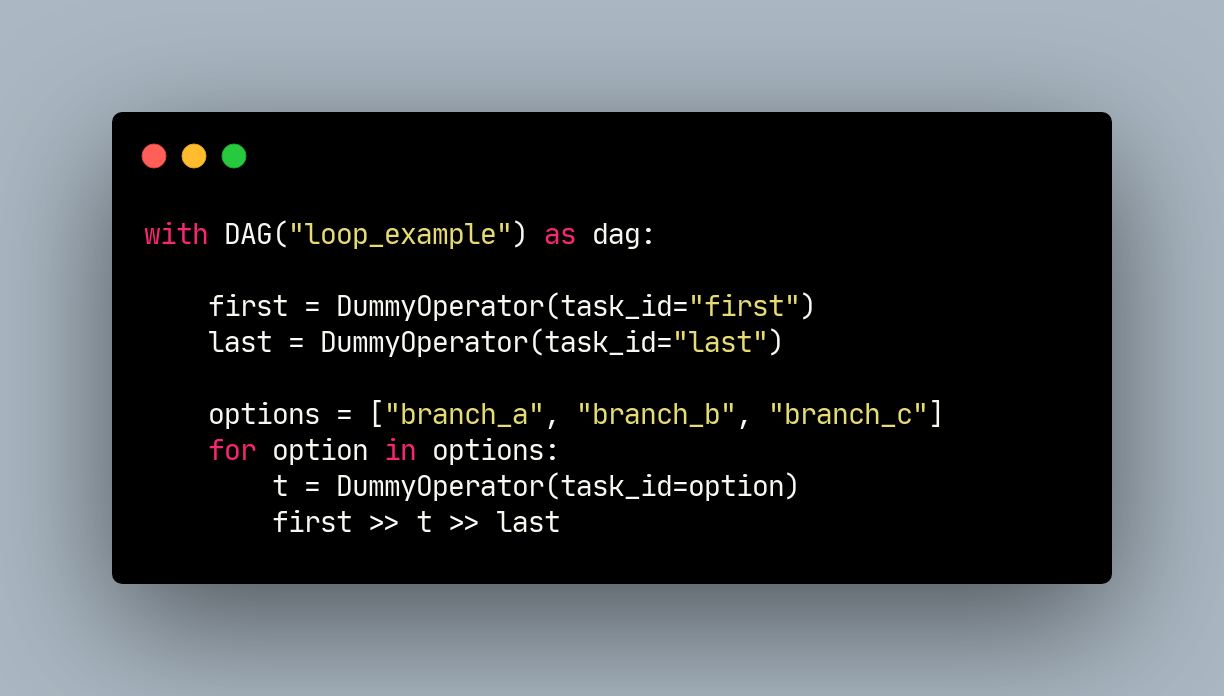This study guide covers Astronomer Certification for Apache Airflow Fundamentals. Apache Airflow is the leading orchestrator for authoring, scheduling, and monitoring data pipelines. The exam consists of 75 questions, and you have 60 minutes to write it. The study guide below covers everything you need to know for it. The exam includes scenarios (both text and images of Python code) where you need to determine what the output will be, if any at all. To study for this exam I watched the official Astronomer preparation course, I highly recommend it.
According to Astronomer, this exam will test the following:
“To pass the Apache Airflow Fundamentals certification, you will need to demonstrate an understanding of Airflow’s architecture, the task life cycle, and the scheduling process. You should be comfortable recommending use cases, architectural needs, settings and design choices for data pipelines. You should be able to trigger, debug and retry tasks and look at the right views from the UI to monitor them.”
Study Guide
User Interface
-
Graph View
- The Graph View shows a visualization of the tasks and dependencies in your DAG and their current status for a specific DAG Run. This view is particularly useful when reviewing and developing a DAG. When running the DAG, you can toggle the Auto-refresh button to on to see the status of the tasks update in real time.
-
Tree View
- The Tree View shows a tree representation of the DAG and its tasks across time. Each column represents a DAG Run and each square is a task instance in that DAG Run. Task instances are color-coded according to their status. DAG Runs with a black border represent scheduled runs, whereas DAG Runs with no border are manually triggered.
-
Code View
- The Code View shows the code that is used to generate the DAG. While your code should live in source control, the Code View can be a useful way of gaining quick insight into what is going on in the DAG. Note that code for the DAG cannot be edited directly in the UI.
-
Gantt View
- Allows you to analyze task duration as well as overlaps. Check if the tasks are running in parallel.
Core Concepts
-
Dags
- DAG (Directed Acyclic Graph) is the core concept of Airflow, collecting Tasks together, organized with dependencies and relationships to say how they should run.
- Here’s a basic example DAG:
- It defines four Tasks - A, B, C, and D - and dictates the order in which they have to run, and which tasks depend on what others. It will also say how often to run the DAG - maybe “every 5 minutes starting tomorrow”, or “every day since January 1st, 2020”.
- The DAG itself doesn’t care about what is happening inside the tasks; it is merely concerned with how to execute them - the order to run them in, how many times to retry them, if they have timeouts, and so on
- Here’s a basic example DAG:
- DAG (Directed Acyclic Graph) is the core concept of Airflow, collecting Tasks together, organized with dependencies and relationships to say how they should run.
-
DAG Runs
- DAGs will run in one of two ways:
- When they are triggered either manually or via the API
- On a defined schedule, which is defined as part of the DAG
- DAGs will run in one of two ways:
-
Tasks
- A Task is the basic unit of execution in Airflow. Tasks are arranged into DAGs, and then have upstream and downstream dependencies set between them into order to express the order they should run in.
- There are three basic kinds of Task:
- Operators, predefined task templates that you can string together quickly to build most parts of your DAGs.
- Sensors, a special subclass of Operators which are entirely about waiting for an external event to happen.
- A TaskFlow-decorated
@task, which is a custom Python function packaged up as a Task.
- There are three basic kinds of Task:
- A Task is the basic unit of execution in Airflow. Tasks are arranged into DAGs, and then have upstream and downstream dependencies set between them into order to express the order they should run in.
-
Operators
- An operator represents a single, ideally idempotent, task. Operators determine what actually executes when your DAG runs.
- Types of Operators
- Sensor Operator
- A special kind of operator that are designed to wait for something to happen.
- Sensor Operator
- Types of Operators
- An operator represents a single, ideally idempotent, task. Operators determine what actually executes when your DAG runs.
-
Backfill and Catchup
- Note: Both are for rerunning tasks
- Catchup
- An Airflow DAG with a
start_date, possibly anend_date, and aschedule_intervaldefines a series of intervals which the scheduler turns into individual DAG Runs and executes. The scheduler, by default, will kick off a DAG Run for any data interval that has not been run since the last data interval (or has been cleared). This concept is called Catchup. - If your DAG is not written to handle its catchup (i.e., not limited to the interval, but instead to Now for instance.), then you will want to turn catchup off. This can be done by setting
catchup=Falsein DAG orcatchup_by_default=Falsein the configuration file. When turned off, the scheduler creates a DAG run only for the latest interval.
- An Airflow DAG with a
- Backfill
- Rerun past DAG run. There can be the case when you may want to run the DAG for a specified historical period e.g., A data filling DAG is created with start_date 2019-11-21, but another user requires the output data from a month ago i.e., 2019-10-21. This process is known as Backfill.
- You may want to backfill the data even in the cases when catchup is disabled. This can be done through CLI. Run the below command
- Catchup
- Note: Both are for rerunning tasks
-
Architectural Components
- Apache Airflow consists of 4 core components:
- Webserver: Airflow’s UI.
- At its core, this is just a Flask app that displays the status of your jobs and provides an interface to interact with the database and reads logs from a remote file store (S3, Google Cloud Storage, AzureBlobs, ElasticSearch etc.).
- Scheduler: Responsible for scheduling jobs.
- This is a multi-threaded Python process that uses the DAG object with the state of tasks in the metadata database to decide what tasks need to be run, when they need to be run, and where they are run.
- The scheduler stores and updates task statuses, which the Webserver then uses to display job information
- Executor: how each task will be executed by Airflow
- There are several executors, each with strengths and weaknesses.
- Metadata Database: A database (usually PostgresDB or MySql, but can be anything with SQLAlchemy support) that determines how the other components interact.
- Webserver: Airflow’s UI.
- Apache Airflow consists of 4 core components:
-
Use Cases
- Airflow can be used for virtually any batch data pipelines, and there are a ton of documented use cases in the community. Because of its extensibility, Airflow is particularly powerful for orchestrating jobs with complex dependencies in multiple external systems.
-
Miscellaneous
parallelism= 32 (max)dag_concurrency= 16 (max)max_active_runs= 16 (max)- Types of executors
- Local executor
- The go-to executor, can complete tasks in parallel
- Sequential executor
- Not many use cases, can not complete tasks in parallel
- Celery executor
- Built for horizontal scaling, requires multiple machines to run
- Local executor
- Airflow is an orchestrator
- It is Dynamic, Scalable, Interactive
- It is NOT a streaming or data processing framework (like Spark, although it can trigger Spark jobs)
start_date+schedule_interval=execution_date. THis means that a DAG run set for a 10-minute interval, starting at 10:00 will first run at 10:10.- By default, Airflow will run all untriggered dag_runs between the current date and the
start_date(if in the past) - How to read time in Airflow,e.g.
schedule_interval="-/10 * * * 1-5"means that you would like to trigger a DAG every 10 minutes - Airflow operates using UTC time
- Defining default arguments increases efficiency
Once you pass, you’ll earn the beautiful badge below!
 -Airflow Fundamentals Badge-
-Airflow Fundamentals Badge-




